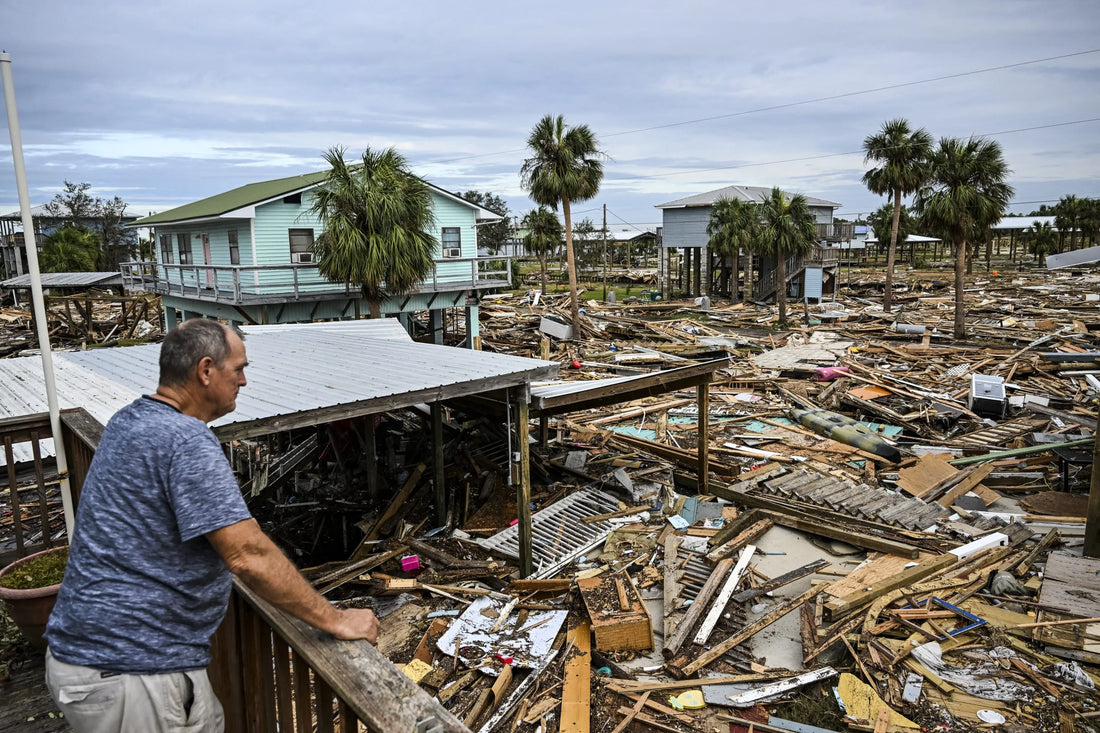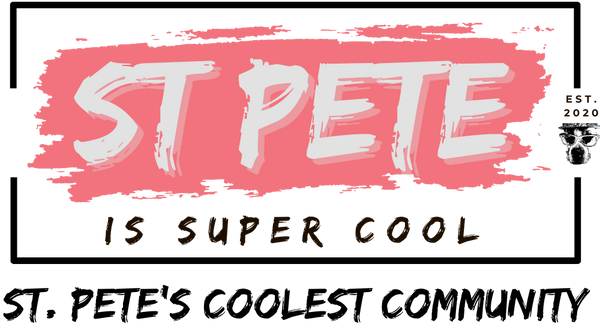
The Flip After the Flood: Who’s Profiting from Tampa Bay’s Hurricanes?
Share
The Aftermath No One Warned Us About
Hurricane damage is often followed by long waits: for insurance adjusters, for contractors, for any sign of normalcy.
But in Tampa Bay, some buyers moved faster than the clean-up crews. Following Hurricanes Helene and Milton, thousands of homes were sold under duress — many of them stripped, flood-damaged, or still lacking electricity. These weren’t families relocating. They were mostly investors, paying in cash, and often snapping up multiple homes within weeks of the storm.
In Pinellas County and St. Petersburg’s Shore Acres neighborhood, investor activity spiked noticeably. Properties sold “as-is” began changing hands at a staggering pace, reshaping the local real estate map just as residents were trying to stabilize.
From Gutted to Glossy — But What’s Beneath the Surface?

A growing number of those homes are now back on the market — updated with modern finishes, new paint, and strategic staging. But realtors and buyers alike have raised red flags: What’s being covered up?
Some listings boast polished aesthetics while skipping any real mention of prior flood damage, mold risk, or structural issues. Critics say these flips are prioritizing resale speed over safety, and that many investors are relying on cosmetic fixes to fetch inflated prices — all while hoping no one asks too many questions.
For Original Owners, the Clock Ran Out Fast
The owners who sold weren’t always ready to. For many, the decision came down to survival.
Some homeowners faced mounting repair bills before they ever received an insurance check. Others received official letters from cities and counties, requiring full rebuilds or major repairs that they couldn’t afford to make. With properties sitting in limbo and options dwindling, offers from investor groups started to look like lifelines.
It wasn’t just financial pressure — it was a system that left locals stuck while out-of-towners sped ahead.

A Community at a Crossroads
Not everyone agrees this is predatory. Some argue that these flips inject capital, restore livability, and prevent long-term blight. But the speed and scale of investor involvement — especially after disaster — raise uncomfortable questions.
Are these neighborhoods being revitalized… or replaced? And if the homes return, but the families don’t, is that really recovery?
In communities like Shore Acres, the demographic shift is already visible. Houses once owned by retirees or working families are being reborn as investment properties or second homes. What was local is turning corporate — and fast.
The Real Storm May Still Be Ahead
As hurricane seasons intensify and insurance struggles grow more complex, this cycle could become Florida’s new normal: storm → sell → flip → repeat.
But that future doesn’t have to be inevitable. It’s time for hard conversations about equity, resilience, and how we rebuild — not just homes, but trust and ownership in our communities.
